Home>Gardening & Outdoor>Plant Care & Gardening Tips>How To Pick Mums
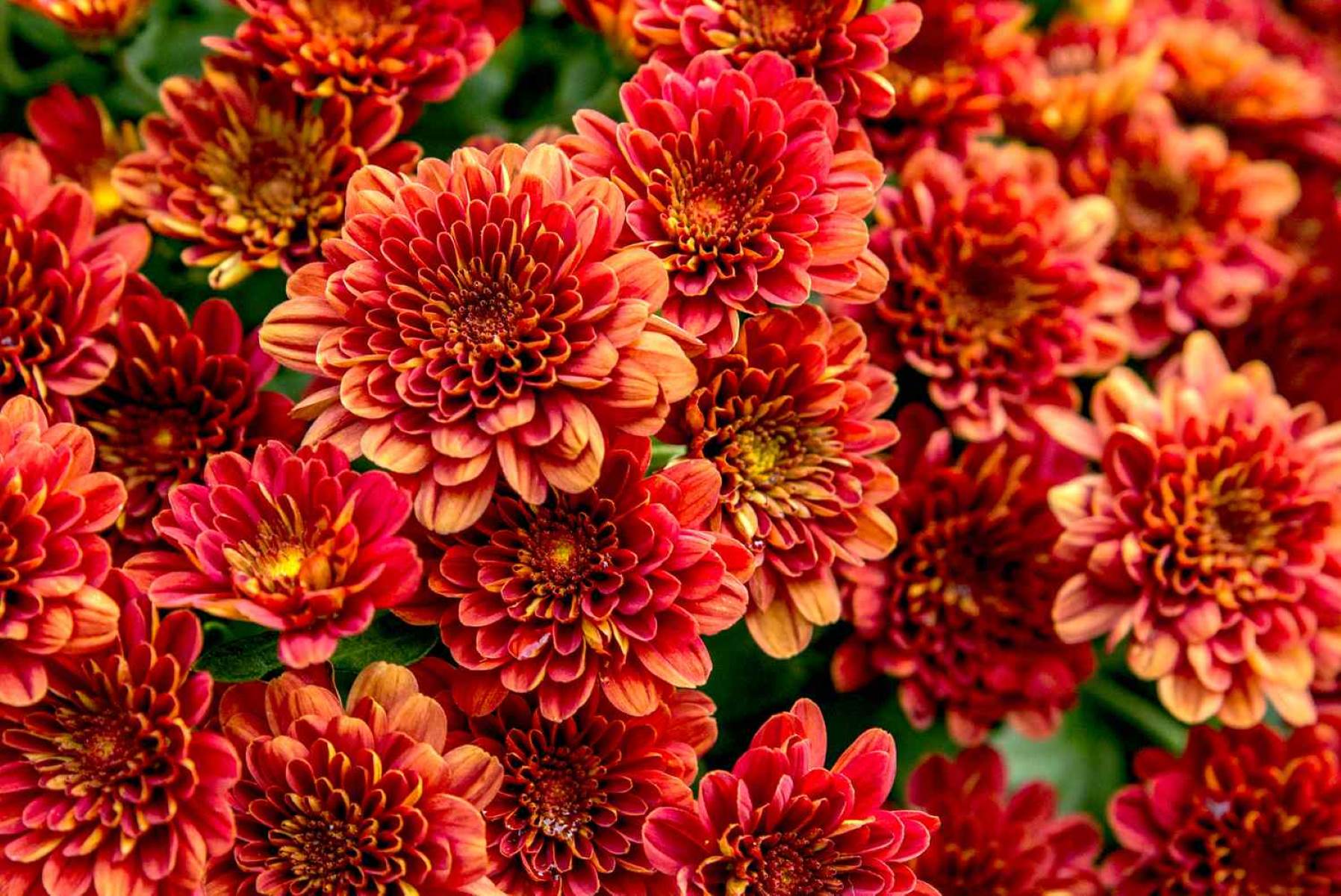

Plant Care & Gardening Tips
How To Pick Mums
Modified: April 22, 2024
Learn expert plant care and gardening tips for picking mums and creating a vibrant garden. Discover the best practices for nurturing healthy and beautiful mums.
(Many of the links in this article redirect to a specific reviewed product. Your purchase of these products through affiliate links helps to generate commission for Storables.com, at no extra cost. Learn more)
Introduction
When it comes to adding vibrant colors and a touch of autumn charm to your garden, few plants can rival the beauty of chrysanthemums, affectionately known as mums. These hardy perennials are a popular choice for fall gardens, thanks to their stunning array of hues and their ability to thrive in cooler temperatures. Whether you're a seasoned gardener or a novice plant enthusiast, learning how to pick and care for mums can elevate the visual appeal of your outdoor space while providing a rewarding gardening experience.
Mums come in a wide range of varieties, each boasting its own unique characteristics and growing requirements. Understanding these differences is crucial for selecting the right plants and ensuring they flourish in your garden. Additionally, knowing how to choose a suitable location, select healthy specimens, and provide proper care and maintenance will contribute to the long-term success of your mum plants.
In this comprehensive guide, we will delve into the fascinating world of mums, exploring the diverse varieties available and offering valuable insights into the selection and care of these beloved autumn blooms. By the end of this article, you will be equipped with the knowledge and confidence to pick the perfect mums for your garden and nurture them to their full potential. So, let's embark on this horticultural journey and unlock the secrets to cultivating stunning, vibrant mums that will enrich your outdoor space with their autumnal splendor.
Key Takeaways:
- Embrace the vibrant world of mums! From resilient garden mums to ornate florist mums, there’s a variety for every garden style. Choose wisely and watch your garden bloom with autumnal charm.
- Give your mums the best care! From picking the right location to nurturing them through winter, attentive care ensures a stunning display of vibrant blooms that will captivate your outdoor space.
Read more: Mums: How To Grow
Understanding Mum Varieties
Chrysanthemums, commonly referred to as mums, encompass a diverse array of varieties, each distinguished by unique features such as flower size, shape, color, and growth habits. Understanding the different mum varieties is essential for selecting plants that align with your aesthetic preferences and gardening goals. Here's a closer look at some popular mum types:
1. Garden Mums
Garden mums, also known as hardy mums, are favored for their resilience and prolific blooming. These varieties are well-suited for outdoor cultivation, thriving in garden beds, containers, or hanging baskets. With a wide spectrum of colors, including vibrant shades of red, yellow, orange, and purple, garden mums are prized for their ability to infuse autumn landscapes with a burst of color.
2. Florist Mums
Florist mums, as the name suggests, are often utilized in floral arrangements and bouquets due to their exquisite, intricate blooms. These varieties typically feature large, showy flowers with intricate petal arrangements, making them a captivating addition to indoor floral displays. Florist mums are available in an extensive range of colors and are revered for their ornamental appeal.
3. Cushion Mums
Cushion mums are characterized by their compact, rounded growth habit and abundant, densely-packed flowers. These low-growing varieties are ideal for edging garden borders, rock gardens, or as colorful ground cover. Cushion mums are available in an assortment of hues and are valued for their ability to create visually striking, carpet-like displays.
Read more: How To Propagate Mums
4. Belgian Mums
Belgian mums, also known as football mums, are renowned for their large, striking blooms and sturdy stems. These varieties are often favored for their suitability as cut flowers, making them a popular choice for floral arrangements and centerpieces. Belgian mums are available in an array of captivating colors and are prized for their longevity as cut blooms.
5. Spider Mums
Spider mums, distinguished by their elongated, spidery petals, exude a captivating and unconventional charm. These unique varieties are sought after for their intriguing floral form and are frequently incorporated into floral designs to add a touch of whimsy and allure. Spider mums are available in an assortment of colors, making them a versatile choice for creative floral arrangements.
By familiarizing yourself with the diverse mum varieties available, you can make informed decisions when selecting plants for your garden. Whether you're drawn to the vibrant hues of garden mums, the ornate beauty of florist mums, or the unconventional allure of spider mums, there's a mum variety to suit every gardening style and aesthetic preference.
Choosing the Right Location
Selecting the optimal location for your mum plants is a pivotal step in ensuring their overall health and vitality. Mums thrive in environments that offer ample sunlight, well-drained soil, and protection from harsh winds. When scouting for the perfect spot to showcase these autumn beauties, consider the following factors to create an ideal growing environment for your mum plants:
-
Sunlight Exposure: Mums are sun-loving plants that flourish in full sunlight, ideally receiving at least six hours of direct sunlight per day. When choosing a location for your mum garden, prioritize areas that bask in ample sunlight, such as south-facing or west-facing spots. Adequate sunlight not only promotes robust growth but also enhances the vibrancy of the flowers, resulting in a stunning display of autumn colors.
-
Soil Quality: Well-drained soil is essential for the health and longevity of mum plants. Avoid waterlogged or compacted soil, as it can lead to root rot and other moisture-related issues. Prioritize areas with loamy, well-draining soil to provide an optimal growing medium for your mums. If your soil is less than ideal, consider amending it with organic matter, such as compost or peat moss, to improve its texture and drainage capabilities.
-
Wind Protection: While mums appreciate ample sunlight, they are sensitive to strong winds, which can damage their delicate blooms and compromise their overall health. When selecting a location for your mum garden, look for spots that offer some degree of wind protection, such as near a fence, hedge, or other windbreaks. By shielding your mum plants from strong gusts, you can safeguard them against potential damage and prolong the longevity of their stunning flowers.
-
Space and Air Circulation: Adequate spacing between mum plants is crucial for promoting air circulation, which helps prevent issues such as powdery mildew and other fungal diseases. When planning the layout of your mum garden, ensure that there is ample space between plants to facilitate proper air circulation. This not only contributes to the overall health of the mums but also minimizes the risk of disease, allowing the plants to thrive in a favorable environment.
By carefully considering these factors and selecting a location that meets the specific needs of mum plants, you can create an optimal growing environment that fosters their health, vigor, and ornamental beauty. Whether you're cultivating mums in garden beds, containers, or hanging baskets, providing the right growing conditions is essential for ensuring a spectacular autumn display that will captivate and delight both you and your visitors.
Selecting Healthy Plants
When it comes to adding chrysanthemums, or mums, to your garden, selecting healthy plants is a crucial step in ensuring their long-term success and vitality. Healthy mum plants not only establish a strong foundation for robust growth and prolific blooming but also exhibit resilience against common pests and diseases. Whether you're purchasing mums from a nursery or garden center or selecting them from a local plant sale, there are several key indicators of plant health to keep in mind.
Read more: How To Plant Mums In A Pot
Visual Inspection
Begin by conducting a thorough visual inspection of the mum plants you're considering. Look for signs of vigor, such as lush green foliage, sturdy stems, and an overall robust appearance. Avoid plants with wilted, yellowing, or distorted leaves, as these may indicate underlying issues such as nutrient deficiencies or pest infestations. Additionally, inspect the stems for any signs of damage, such as cuts or lesions, which can compromise the plant's health.
Root Health
While it may not always be possible to examine the roots of potted mum plants, if the roots are visible, check for a healthy, well-developed root system. Healthy roots should appear firm, white, and adequately distributed throughout the soil. Avoid plants with mushy, discolored, or excessively compacted roots, as these may be indicative of root rot or poor soil drainage.
Pest and Disease Resistance
Select mum plants that show no visible signs of pest infestations or disease symptoms. Common issues to watch out for include aphids, spider mites, powdery mildew, and leaf spot. Healthy plants are more likely to resist pest and disease pressures, reducing the need for extensive interventions and ensuring a more seamless transition into your garden.
Stage of Growth
When choosing mum plants, consider the stage of growth they are in. Look for plants that exhibit a balanced growth habit, with ample foliage and budding flowers. Avoid specimens that appear overly leggy or have already bloomed extensively, as they may have exhausted their energy reserves and could struggle to acclimate to a new environment.
Read more: How Big Will Mums Get
Source and Reputation
If purchasing mum plants from a nursery or garden center, inquire about the source of the plants and the care practices employed. Reputable sources that prioritize plant health and quality are more likely to offer robust, well-maintained specimens. Additionally, seek recommendations from fellow gardeners or online reviews to identify trusted sources known for providing healthy, thriving mum plants.
By carefully assessing these factors and selecting mum plants that exhibit strong indicators of health and vitality, you can set the stage for a successful and rewarding gardening experience. Healthy mum plants not only contribute to the visual splendor of your garden but also establish a resilient foundation for long-term growth, ensuring that you can enjoy their vibrant blooms for seasons to come.
Caring for Mums
Caring for mums involves a combination of attentive maintenance practices aimed at promoting robust growth, abundant flowering, and overall plant health. By implementing the following care guidelines, you can nurture your mum plants to their full potential, ensuring a breathtaking display of autumn blooms that will enrich your garden with vibrant colors and seasonal charm.
1. Watering
Proper watering is essential for the well-being of mum plants, especially during the active growing season. Aim to keep the soil consistently moist but not waterlogged, as excessive moisture can lead to root rot and other complications. When watering mums, apply water directly to the soil at the base of the plants, avoiding wetting the foliage to minimize the risk of fungal diseases. During periods of prolonged dryness, monitor the soil moisture regularly and adjust your watering frequency to accommodate the plants' needs.
2. Fertilization
Supplemental fertilization can bolster the growth and flowering potential of mum plants. Begin by incorporating a balanced, slow-release fertilizer into the soil at the time of planting or during the early stages of growth. As the plants continue to develop, consider applying a water-soluble fertilizer formulated for flowering plants to provide additional nutrients that support robust blooming. Be mindful of following the recommended application rates to prevent over-fertilization, which can lead to excessive foliage growth at the expense of flower production.
Read more: How To Winterize Garden Mums
3. Deadheading
Regular deadheading, the removal of spent flowers, is a simple yet effective practice for prolonging the blooming period of mum plants. As individual flowers fade and lose their vibrancy, promptly snip them off using clean, sharp pruners. This encourages the plants to redirect their energy into producing new blooms, extending the duration of the floral display. Deadheading also contributes to a tidier appearance and prevents the formation of seed heads, allowing the plants to focus on continuous flowering.
4. Pruning
Pruning mum plants can help maintain their compact, bushy form and encourage lateral branching, resulting in a fuller, more floriferous display. In early summer, pinch back the growing tips of the stems by about one to two inches, stimulating the development of additional flowering shoots. Repeat this process once or twice more before mid-July to promote a well-branched, compact growth habit. Avoid extensive pruning in late summer, as this can disrupt the plants' natural growth cycle and diminish their autumn flowering potential.
5. Pest and Disease Management
Vigilant monitoring for common pests such as aphids, spider mites, and leafhoppers is crucial for preventing infestations that can compromise the health of mum plants. If pest activity is detected, consider employing natural remedies such as insecticidal soaps or neem oil to mitigate the issue while minimizing harm to beneficial insects. Additionally, practicing good sanitation, such as removing fallen leaves and debris, can help deter the development of fungal diseases and maintain a clean, healthy growing environment for the mums.
By incorporating these care practices into your gardening routine, you can provide the optimal conditions for mum plants to thrive and flourish. With attentive watering, strategic fertilization, diligent deadheading, prudent pruning, and proactive pest and disease management, you can cultivate mums that showcase an abundance of vibrant, long-lasting blooms, transforming your garden into a captivating tapestry of autumn colors.
Overwintering Mums
As the vibrant display of autumn transitions into the quietude of winter, it's essential to prepare your mum plants for the challenges posed by the colder months. Overwintering mums involves strategic measures aimed at safeguarding the plants from frost damage and ensuring their survival for the following growing season. By implementing the following guidelines, you can protect your mum plants during the winter months and set the stage for a successful resurgence when spring arrives.
Read more: How Offen To Water Mums
1. Mulching
Applying a protective layer of mulch around the base of mum plants can offer insulation against freezing temperatures and fluctuating winter conditions. Prior to the onset of winter, surround the plants with a generous layer of organic mulch, such as straw, shredded leaves, or pine needles. This mulch acts as a thermal blanket, shielding the roots from extreme cold and minimizing temperature fluctuations that can stress the plants.
2. Pruning
In late fall, after the first frost has blackened the foliage, it's advisable to trim back the stems of mum plants to a height of 2 to 4 inches above the soil level. This pruning practice helps prevent the accumulation of dead, decaying plant material and reduces the risk of fungal diseases during the winter months. Additionally, removing the top growth encourages the plants to direct their energy into the root system, promoting resilience and vigor.
3. Adequate Drainage
Ensuring proper soil drainage is crucial for preventing waterlogged conditions that can compromise the health of mum plants during winter. If your garden experiences heavy rainfall or snowmelt, take measures to improve soil drainage around the mum plants. This can include incorporating organic matter into the soil to enhance its structure and creating gentle slopes to facilitate water runoff.
4. Sheltered Location
If feasible, consider relocating potted mum plants to a sheltered, protected area, such as a garage or covered porch, during periods of extreme cold or inclement weather. Providing a temporary shield from harsh winter conditions can safeguard the plants from frost damage and minimize the impact of freezing temperatures on their overall health.
Read more: When Will Mums Be For Sale
5. Monitoring
Throughout the winter months, periodically check on the mum plants to assess their condition and make any necessary adjustments. Keep an eye out for signs of excessive moisture, such as waterlogged soil, and take corrective measures to mitigate potential issues. Additionally, monitor the mulch layer to ensure it remains intact and provides effective insulation for the plants.
By proactively addressing the unique needs of mum plants during the winter season, you can enhance their resilience and increase the likelihood of a successful regrowth when spring arrives. Overwintering mums not only protects the plants from winter-related stressors but also lays the groundwork for a vibrant resurgence, ensuring that your garden will once again be adorned with the captivating beauty of these beloved autumn blooms.
Conclusion
In conclusion, the journey of selecting and caring for chrysanthemums, or mums, is a rewarding endeavor that culminates in a breathtaking display of autumnal beauty. By understanding the diverse mum varieties, choosing the right location, selecting healthy plants, providing attentive care, and implementing strategic overwintering measures, gardeners can cultivate thriving mum plants that enrich their outdoor spaces with vibrant colors and seasonal charm.
The world of mum varieties offers a rich tapestry of options, from the resilient garden mums to the ornate florist mums and the captivating spider mums. Each variety brings its own unique allure, allowing gardeners to tailor their selections to suit their aesthetic preferences and gardening goals. By familiarizing themselves with the diverse characteristics of mum varieties, gardeners can make informed choices that align with their vision for a stunning autumn garden.
Choosing the right location for mum plants is a pivotal step in ensuring their overall health and vitality. By prioritizing areas with ample sunlight, well-drained soil, and protection from harsh winds, gardeners can create an optimal growing environment that fosters the robust growth and abundant flowering of mum plants. Selecting a suitable location sets the stage for a visually striking mum garden that thrives in its chosen setting.
Selecting healthy mum plants is essential for establishing a resilient foundation for long-term growth and blooming. By conducting thorough visual inspections, assessing root health, and considering the stage of growth, gardeners can identify robust, well-maintained specimens that are poised for success in their new environment. Choosing healthy plants sets the stage for a flourishing mum garden that delights with its vibrant blooms.
Caring for mum plants involves a combination of attentive maintenance practices aimed at promoting robust growth, abundant flowering, and overall plant health. By providing proper watering, strategic fertilization, diligent deadheading, prudent pruning, and proactive pest and disease management, gardeners can nurture mum plants to their full potential. Implementing these care practices ensures that mum plants thrive and flourish, creating a captivating tapestry of autumn colors in the garden.
Overwintering mum plants involves strategic measures aimed at safeguarding the plants from frost damage and ensuring their survival for the following growing season. By applying protective mulch, conducting prudent pruning, ensuring adequate drainage, seeking sheltered locations, and monitoring the plants, gardeners can protect mum plants during the winter months and set the stage for a successful resurgence when spring arrives. Overwintering mums ensures that the plants endure the challenges of winter and emerge resilient and ready for a vibrant regrowth.
In essence, the journey of picking and caring for mums is a testament to the transformative power of gardening. It is a journey that celebrates the resilience, beauty, and seasonal splendor of these beloved autumn blooms, enriching outdoor spaces with a symphony of colors and textures. By embracing the art of cultivating mums, gardeners embark on a horticultural adventure that yields a bountiful harvest of natural beauty, creating lasting memories and a deep appreciation for the wonders of the botanical world.
Frequently Asked Questions about How To Pick Mums
Was this page helpful?
At Storables.com, we guarantee accurate and reliable information. Our content, validated by Expert Board Contributors, is crafted following stringent Editorial Policies. We're committed to providing you with well-researched, expert-backed insights for all your informational needs.

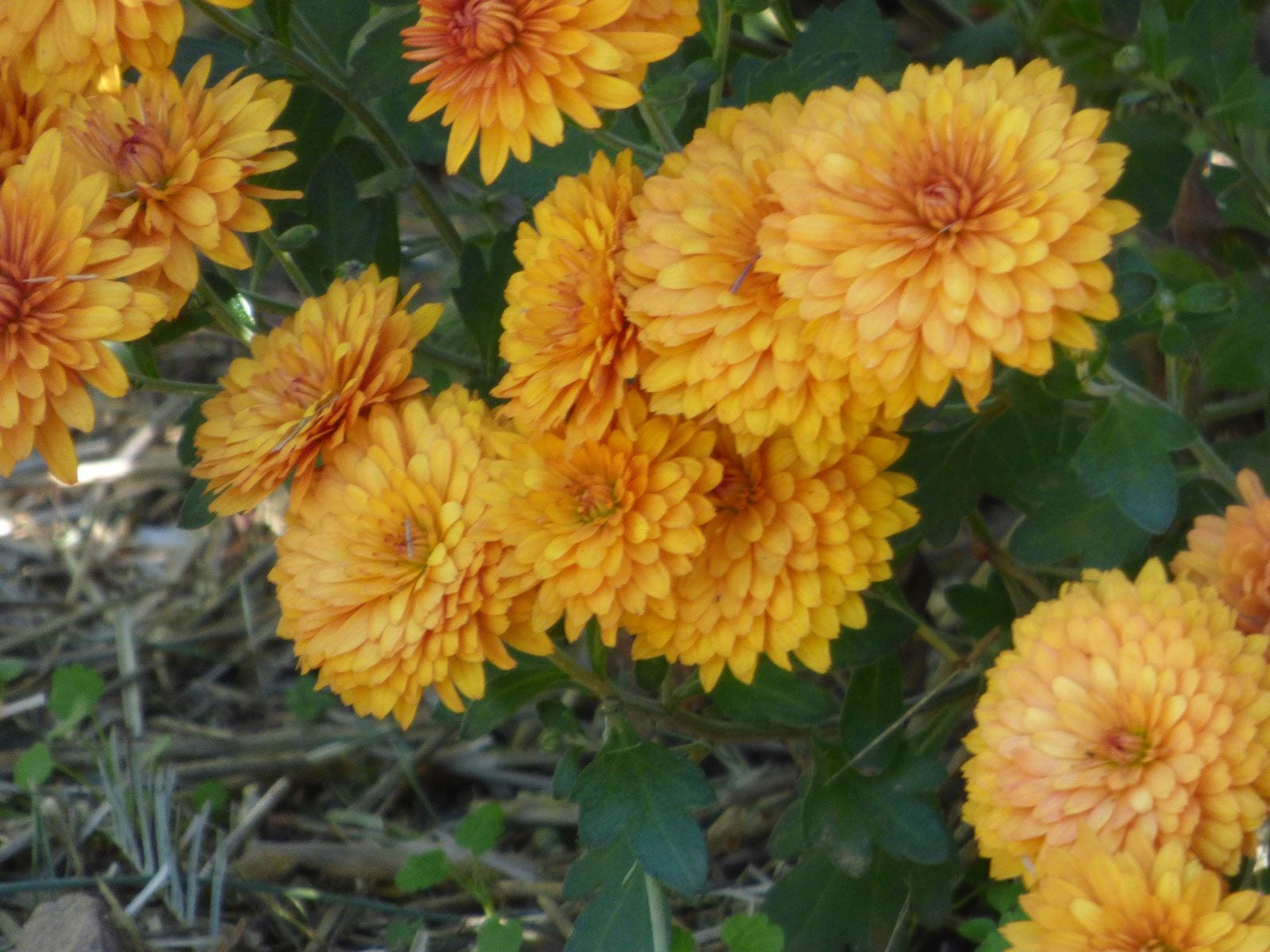

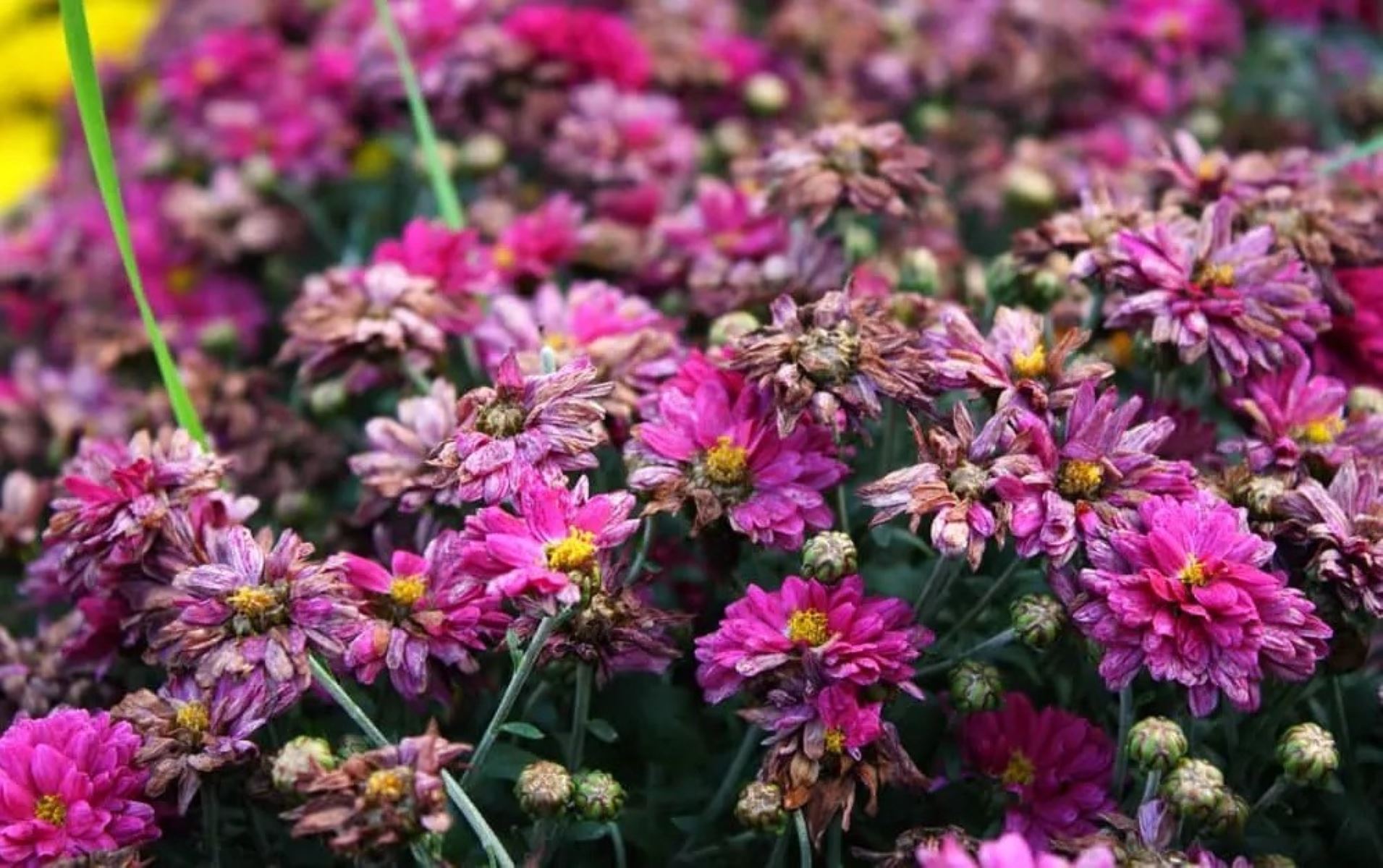

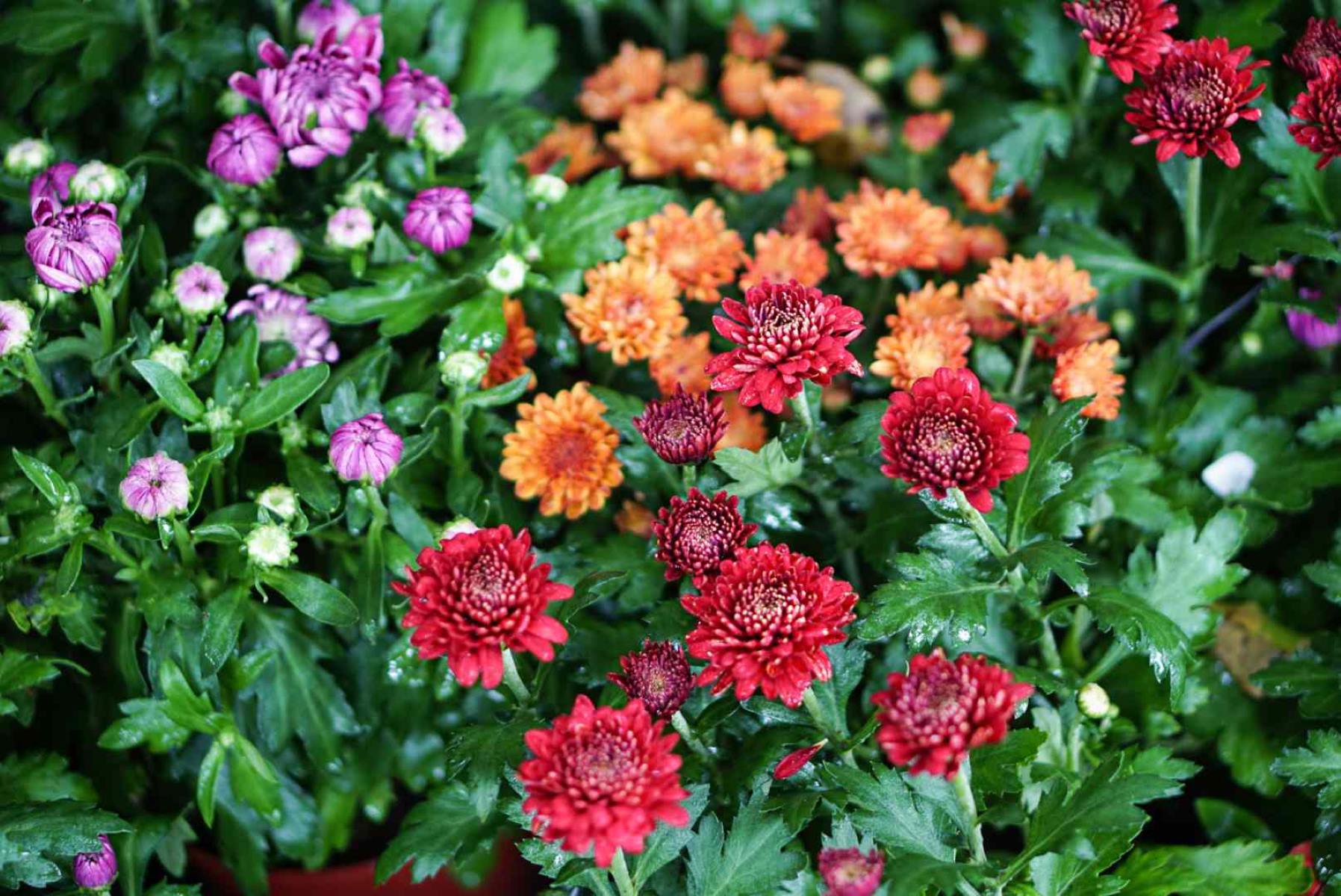
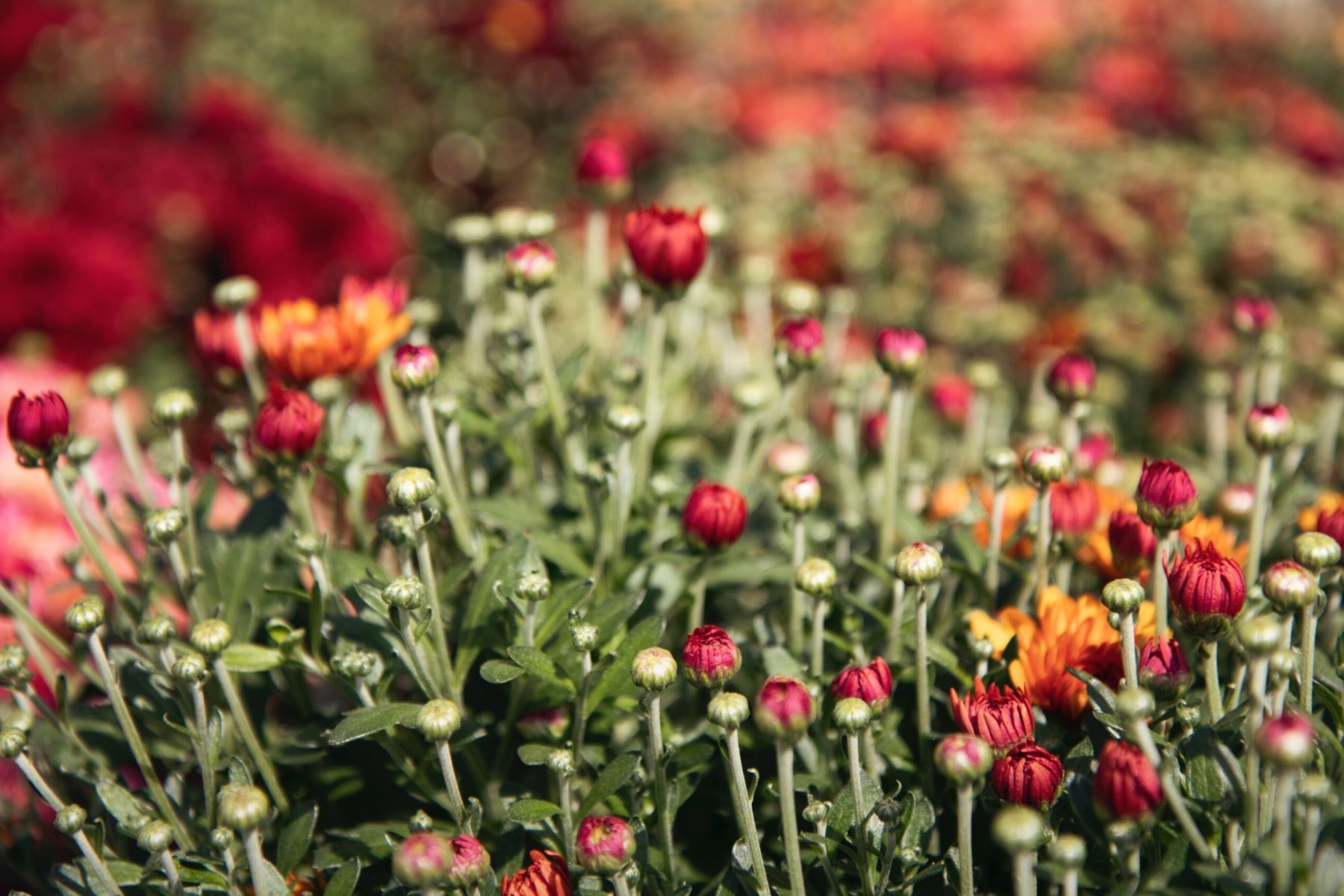



0 thoughts on “How To Pick Mums”